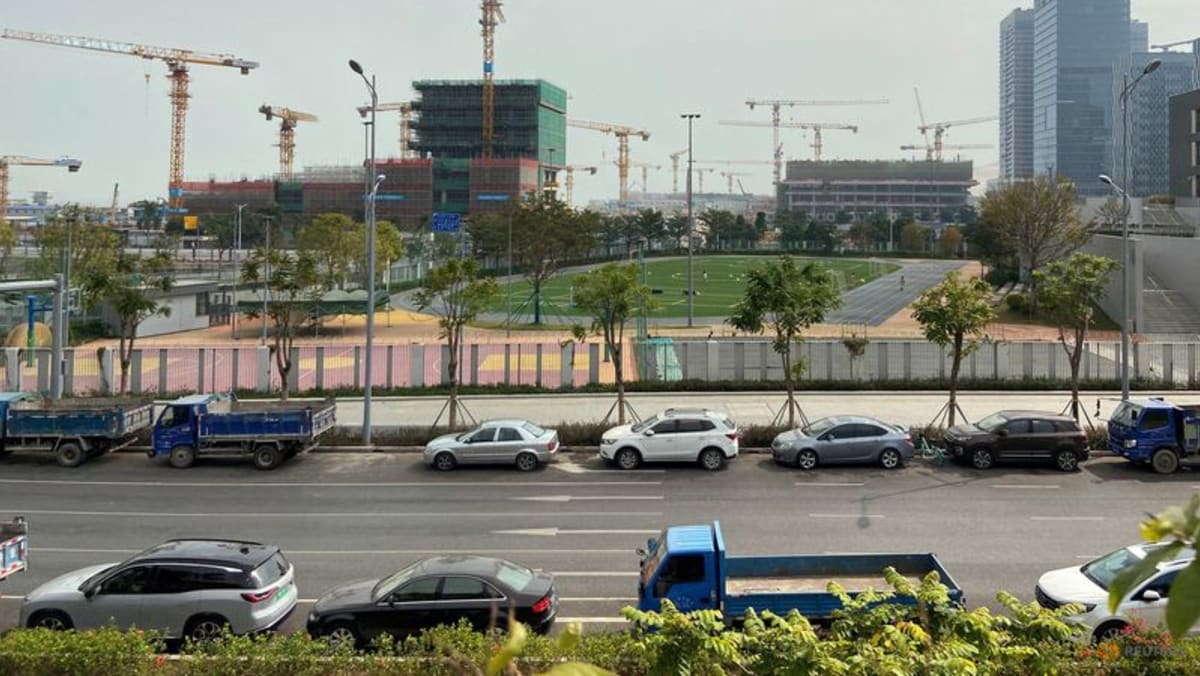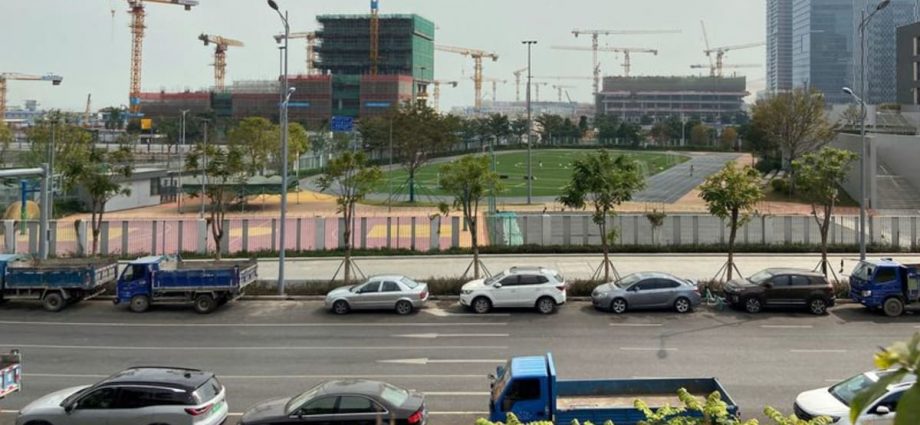
Declining state land sales revenue has also exacerbated local governments’ financial woes, which were eroded by China’s feeble growth, weak tax income and stringent COVID-19 restrictions.
Analysts at Moody’s expect negative credit conditions for local governments in 2023 because of ongoing weakness in land sales revenue, persistently high fiscal deficits and continued growth in direct debt and contingent liabilities, but a progressive economic recovery and smaller tax cuts will support a pickup in their general budgetary revenue.
The eastern coastal province of Jiangsu, the country’s second-biggest provincial economy, spent 42.3 billion yuan handling the pandemic last year, 28 times more than in 2021.
The commercial hub of Shanghai, whose lockdown in April and May last year weakened the national economy, spent 16.77 billion yuan combating COVID-19, including medical treatment, construction of makeshift hospitals and medial equipment purchases.
Beijing, which suffered two major COVID-19 outbreaks last year, said it dedicated around 30 billion yuan on prevention and control and plans expenditures of 32.77 billion yuan for 2023 public health, with a focus on securing the operation of medical services and people’s health.

